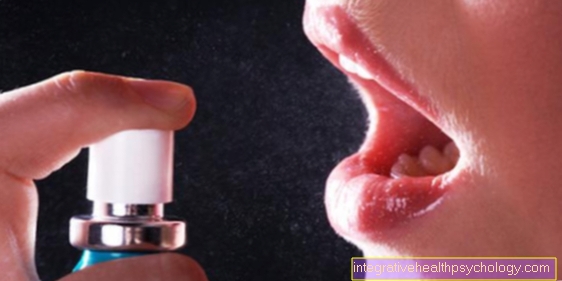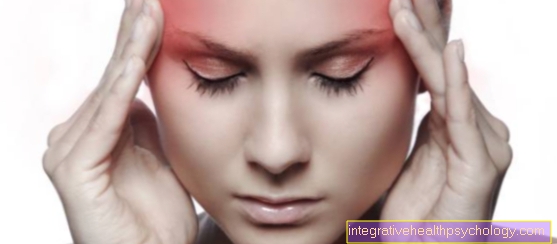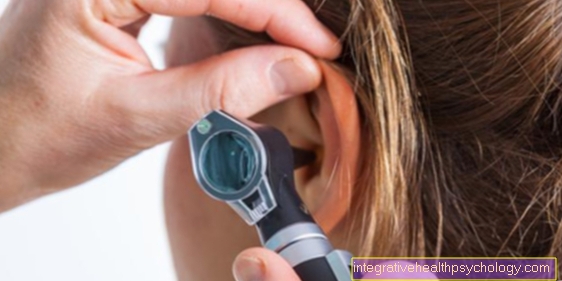U10 examination
Synonyms
U-examination, examination at the pediatrician, U1- U11, youth health advice, development guidelines, preschool examination, one-year examination, four-year examination
General
The U 10 is the eleventh examination of the child and is carried out between the ages of 7 and 8 years. There are a total of 12 examinations from the first minute of life to the 10th year of life. Recently there are also the J1 and J2 which are carried out during puberty. It was therefore necessary to introduce the U 10 and 11, because otherwise there would have been too great a gap between the examinations.
Read more on the subject at: U examinations

The child check-ups are supposed to Diseases and Malformations Discover it as early as possible so that the children can be treated quickly. Also the spiritual development, neglect and Child abuse should be discovered and prevented so early. The U10 is not paid for by every health insurance company. If the check-up is not paid for by the health insurance fund, you can of course pay for it yourself. The costs are approx. 50 Euros. The investigation is not mandatory. If abnormalities are discovered, the treatment costs will of course be covered by the health insurance fund.
The U 10 is the first examination in school. The investigation is similar to the previous one, it will be again the Blood pressure measured that urine examined and a Eye test and hearing test made. The difference to U9 is that attention is also paid to whether the child has a Reading and writing weaknesses or ADHD Has.
At what age does the U10 take place?
The additional preventive medical check-up U10 is between the ages of seven and eight carried out. The time is deliberately chosen after the child has already had initial experiences in school in order to be able to draw conclusions about developmental disorders.
Because of this, it is also called Elementary school check designated. The U10 preventive check-up is intended to close the large age range between the U9 check-up at the age of around five and the J1 check-up at the age of twelve to fourteen years.
Procedure of the examination - what is done?
Every examination should start with an anamnesis. The pediatrician will pay particular attention to the child's social development and ask how things are going in school. Are there problems with learning or with other children? As with the U9, the previous history is also examined again. The pediatrician takes another close look at the vaccination certificate and checks whether all vaccinations are complete. A diphtheria and tetanus booster may be necessary.
Once everything is in order, the investigation can begin. At the U10, the pediatrician looks at the child from head to toe, as with every examination, and checks whether he sees anything unusual during the inspection. If he does not find anything, the investigation continues. First, as with every examination, the weight is determined. Then the body length and blood pressure are measured. The organs are also scanned and listened to. This includes listening to the heart and lungs, as well as listening and palpation of the abdomen. In addition, this time an EKG is also written. An EKG is a measurement of the electrical currents in the heart; this examination is completely painless and only takes one minute.
As with the U9, your child's urine is checked with the U10. A urine sample is taken and examined for bacteria and blood. In this way, hidden urinary tract infections and other kidney diseases can be excluded. This is important because around 3-5% of children develop a urinary tract infection before the age of 10, especially girls.
Read more on the subject at: Urinary tract infections in children - it's that dangerous!
A blood sample will also be taken and checked for high cholesterol levels. This is important because there are congenital cholesterol diseases that can be treated at that age. Checking the eyes is also part of the U10. Visual acuity is examined with a blackboard that shows images of various objects. When testing the hearing ability, the tube function and the hearing threshold are checked. Both tests are painless and can be performed through headphones.
Is the U10 mandatory?
The U10 child check-up is not a mandatory examination, it is a voluntary examination. However, the U10 preventive medical check-up is generally considered to be sensible, as otherwise important developmental disorders such as Poor concentration or Learning problems, can be overlooked.
Since the concept of preventive medical check-ups was developed in the 1970s, it required an overhaul or addition in the form of additional preventive medical check-ups, such as the U10 medical check-up.
Without that U10 examination there would be a supply gap of around eight years. Because of this, it is definitely advisable to also have your children undergo the U10 examination. For these additional examinations there is a separate green checkbook in addition to the yellow basic checkbook.
Cost of the U10 medical check-up
The U10 examination is not covered by all health insurances, as this is an additional preventive check-up that is not a statutory health insurance benefit.
Despite everything, the preventive medical check-up is covered by some health insurance companies. These include the AOK, BKK, Barmer GEK, DAK, IKK, Techniker Krankenkasse, actimonda, Hanseatische Krankenkasse (HKK), Knappschaft and Securvita. In some cases, the costs are only covered by the health insurance company if the insured participates in a special bonus program.
To make sure that the examination is actually covered by your health insurance company, it is best to contact them by telephone. If the costs are not covered by the health insurance, the costs will amount to approx 50€ for the U10 examination.
Further points of investigation
One of the most important diseases that can occur at this age and therefore need to be investigated is ADHD. The abbreviation ADHD means Attention Deficit Disorder, it is particularly noticeable at a young age and should be treated.
The symptoms of this condition are:
problems with attention
Hyperactivity, for example a very great urge to move
impulsiveness
In a gender comparison, boys in particular are affected by this disease. Parents don't need to worry if their child shows any of these symptoms. ADHD is a difficult diagnosis to make and can only be diagnosed by the child psychiatrist. In the U10, the first signs of ADHD are determined by means of a questionnaire.
Another focus of the U 10 investigation is that Reading and writing weaknesses. Often it is noticed by the teachers, but it is still important to check again whether there is any reading or writing disabilities. The doctor will do a quick reading and writing test, and will also ask you a few simple math problems. If there are abnormalities in the child, that is not a problem. Nowadays, weaknesses in reading, writing and arithmetic can be treated well.
The last item on the examination list is the dental status. A quick look is taken in the mouth to see whether all teeth are in order and are growing straight. If jaw or tooth abnormalities are found, an appointment with the dentist should be made.
Summary of the U10
Here is a brief summary of the investigation points:
- General physical exam, such as blood pressure and weight
- Examination of the urine and blood
- Examination of the dental status
- Examination for ADHD and reading and writing disabilities
- Checking the vaccination status

.jpg)
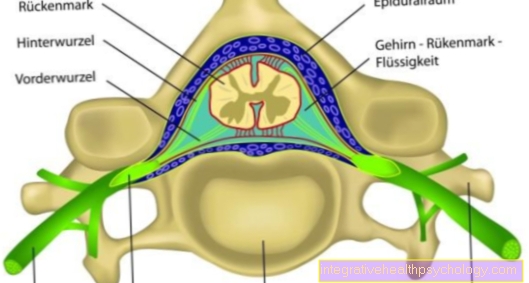

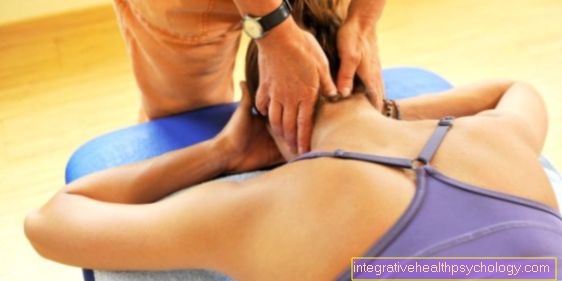

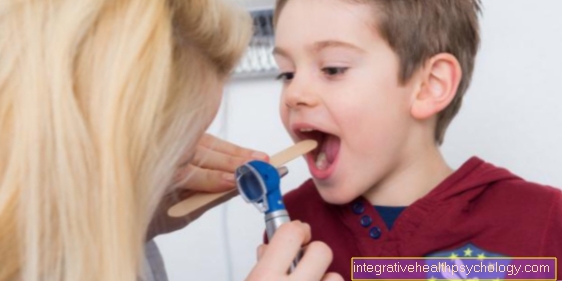






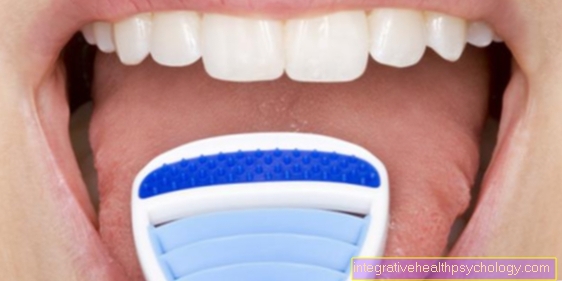


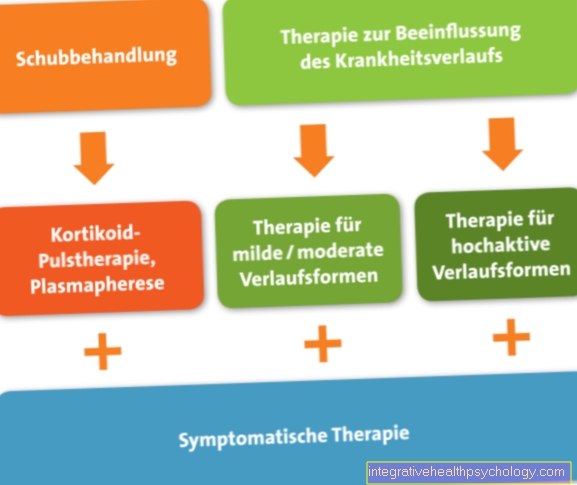
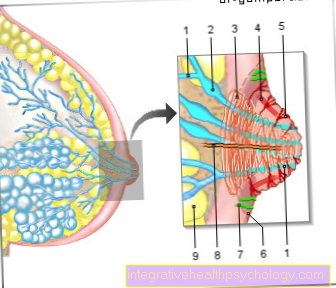
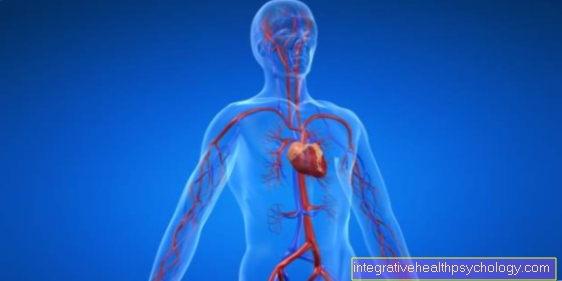


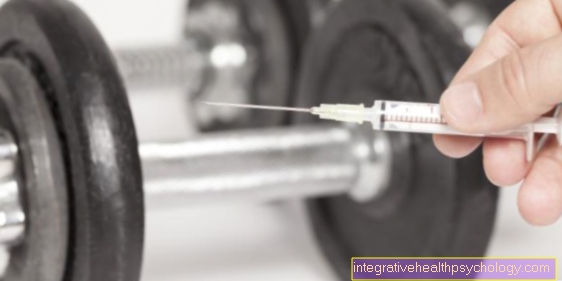
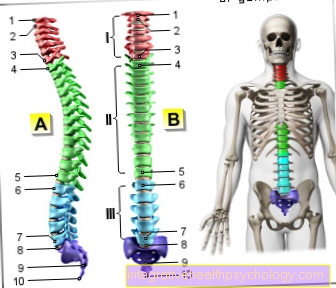
.jpg)
